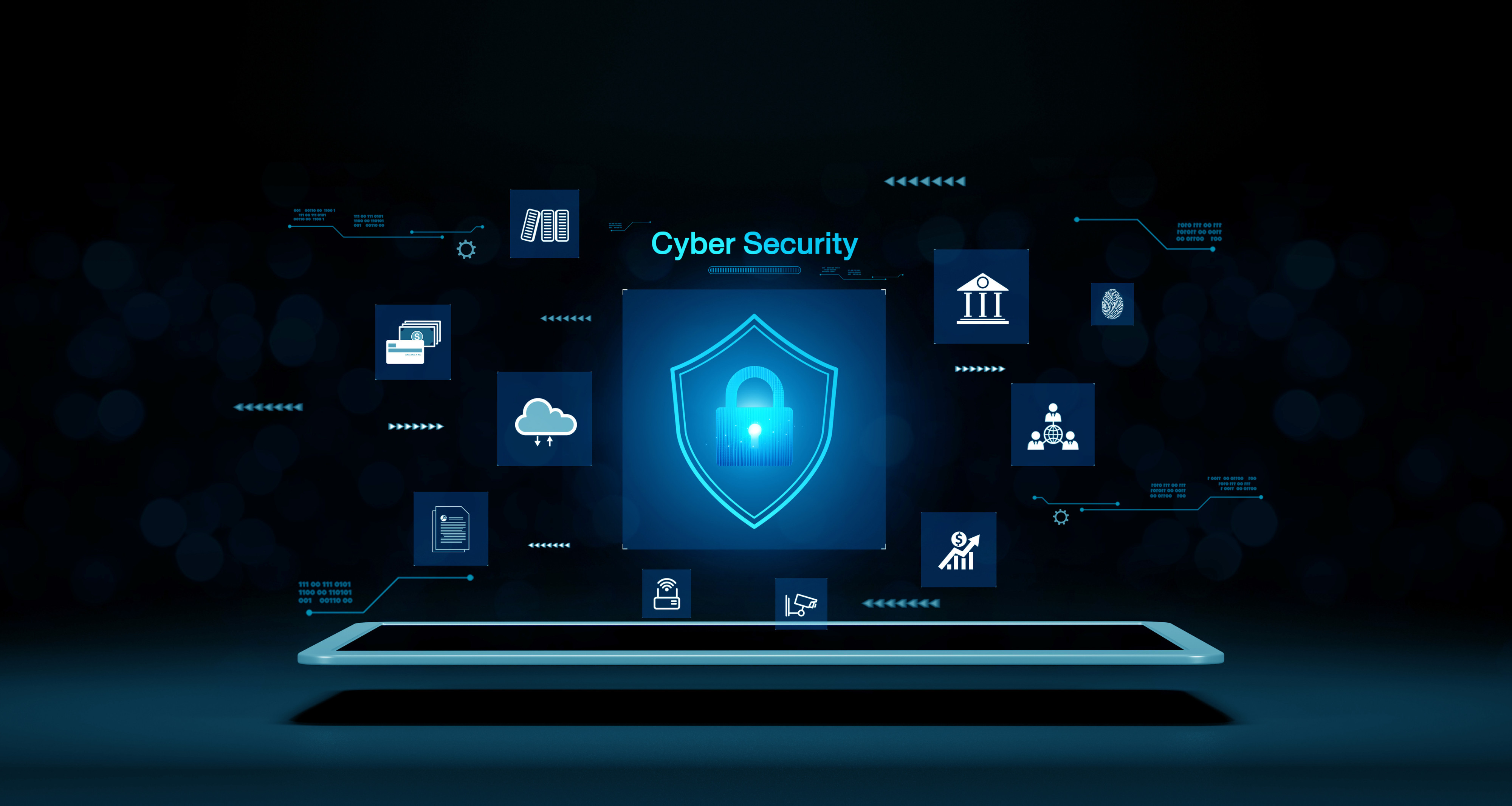Your security is our top priority
Pilgrim Bank is committed to providing you tools and resources to protect you and your accounts from fraud and other security threats.
Pilgrim Bank will not contact you by text, telephone or email requesting personal account information.
If you receive an email or text from Pilgrim Bank and you are unsure if it's real, don't clink on any links.
Notice unusual activity on your account or suspect you've been a victim of a scam? Here's what you do.
Contact us immediately at 877-303-3111.
Enable card controls and lock your debit card to stop any further activity.
Let's Work Together to Prevent Fraud and Protect Your Data
Cyber security tips for mobile devices, online browsing, and general PC tips along with protecting your passwords.





